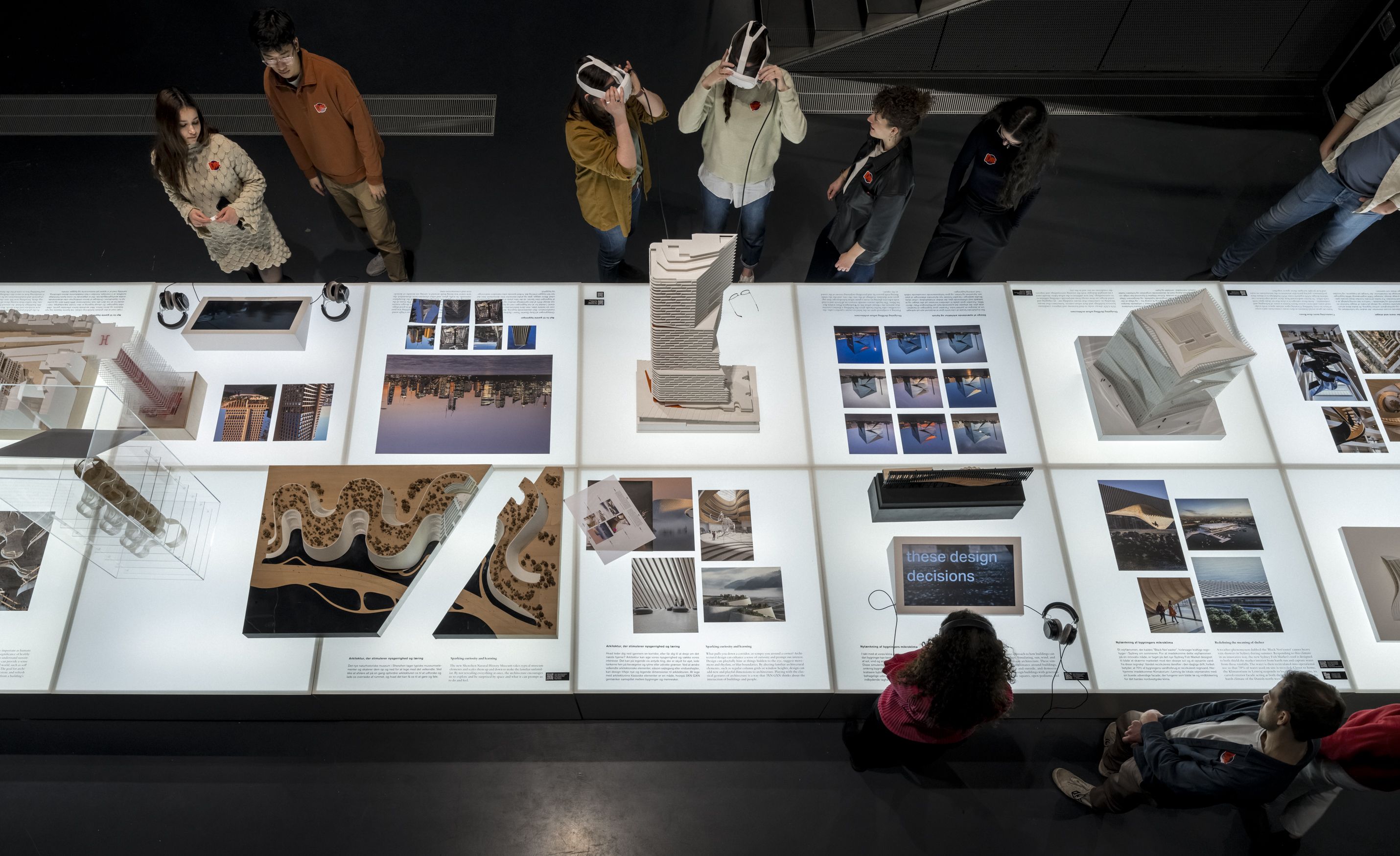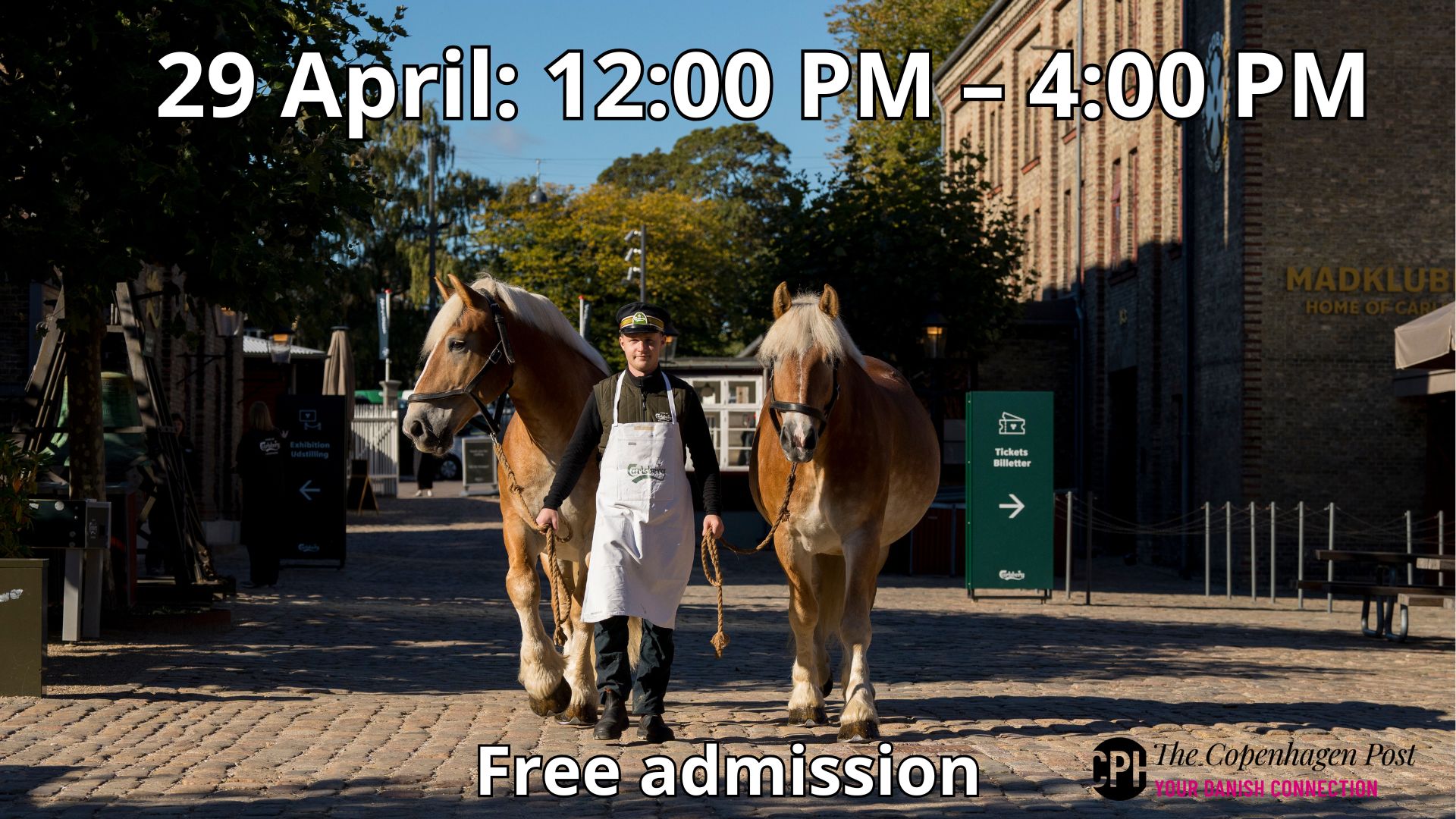As negotiations to reshape government health benefits resumed today, the employment minister, Mette Frederiksen (Socialdemokraterne), said that the much-maligned ‘diagnosis list’ will not be a part of any new deal.
The list defines 11 specific illnesses – cancer, heart disease, AIDS and others – as life-threatening. Being diagnosed with one of the illnesses assures that a person would receive sickness benefits for as long as they suffered from one of the illnesses on the list.
Although the list was part of the government’s original proposal, Frederiksen said a doctor’s diagnosis of a person’s condition will now decide whether benefits will be paid.
“The government is committed to ensuring that people with a life threatening disease continue to get the help they need,” she told DR News.
Allowing doctors to make assessments as to whether a patient is chronically ill removes time restrictions for receiving benefits that were built into the diagnosis list.
The list has been criticised in the past by groups like arthritis sufferers’ association Gigtforeningen, which argued that although someone’s condition may not be life threatening, it is still debilitating and renders the person unable to work, often without any benefits coming in.
“We are satisfied that sick people will now not be completely without help,” Gigtforeningen's head Lene Witte told DR News. “In the past, three or four people every day were falling out of the system due to the time limits."
About 430,000 people receive sick benefits annually, and about 27,000 of those are still on sick leave after one year.
One of the specific proposals in the government's proposal is that all sick leave be re-evaluated after six months. Currently, cases are only reconsidered every 12 months.











